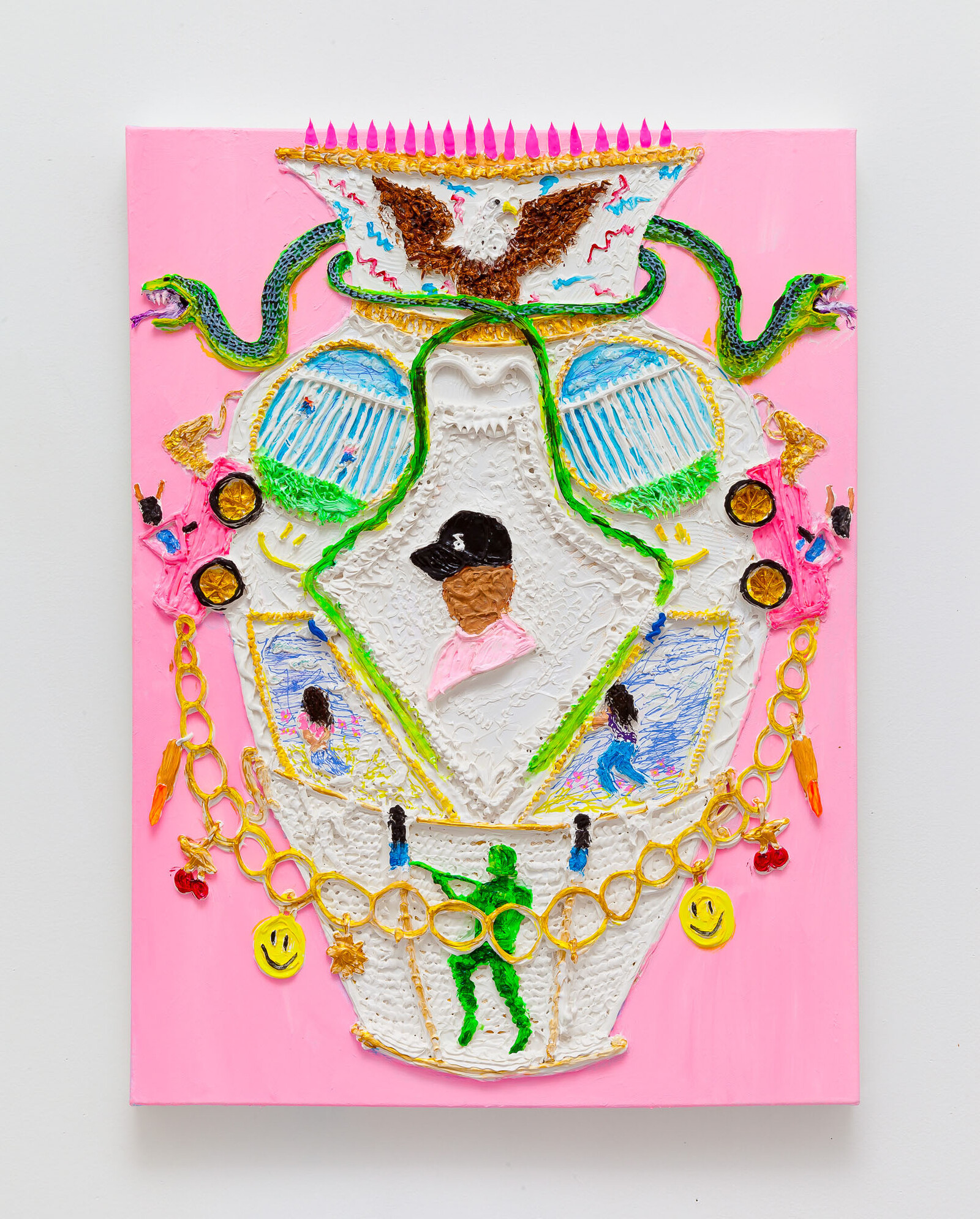935 W. Fullerton Avenue
Chicago, Illinois 60614
United States
T +1 773 325 7506
artmuseum@depaul.edu
Multi-year effort includes research, exhibitions, and community-building
DePaul Art Museum’s new Latinx Initiative formalizes the museum’s ongoing efforts toward fostering Latinx representation and participation in museum exhibitions, collections, and public programs. A multi-year research inquiry focused on artists of Latin American heritage living and working in the United States, the Latinx Initiative will include curatorial research and exhibitions, as well as collection- and community-building and cultivating opportunities for university engagement.
“The goal is to change art history, to make sure that the range of artists and experiences in the United States are adequately represented in our collection and exhibitions,” said Julie Rodrigues Widholm, the museum’s Director and Chief Curator. “We want to expand not just representation, but participation so that everyone feels empowered to be a contributor to contemporary culture.”
While the demographics of the United States are changing, the works shown on museum walls have stayed mostly the same. Nearly one-third of Chicago’s population is Latino, according to the U.S. Census Bureau, and Latinx artists have been largely absent in modern and contemporary art museums in the United States.
The Latinx Initiative exemplifies DePaul Art Museum’s ongoing commitment to diversity and inclusion. DePaul Art Museum staff have already begun research by attending Latinx Art Sessions at the Pérez Art Museum Miami and presenting at Latino Art Now in Houston. Future efforts include local and national studio visits and curatorial exchanges, research and writing on Latinx works in the museum’s collection, and facilitating community conversations.
In recent years, the museum presented exhibitions featuring Latinx artists including Firelei Baez: Vessels of Genealogies and Nexo/Nexus: Latin American Connections in the Midwest, as well as Eric J. Garcia: The Bald Eagle’s Toupee and Remember Where You Are in 2019. This fall, the entire museum will be dedicated to LatinXAmerican, an exhibition drawn primarily from DePaul Art Museum’s collection and new acquisitions exploring social, cultural, political, and artistic themes among Latinx and Latin American artists from the last 100 years.
Under the initiative, DePaul Art Museum will seek to expand its holdings of work by Latinx and Latin American artists, building on work currently represented in the collection by artists such as Lola Álvarez Bravo, Martín Chambi, Ester Hernandez, Harold Mendez, Graciela Iturbide, and Diego Rivera. In February, the museum’s advisory board approved two new acquisitions by Chicago-based artists that will be featured in the fall exhibition, LatinXAmerican: A Vase of the Century 1 (After Century Vase c. 1876) (2019) by Yvette Mayorga and fossil things (2018) by Melissa Leandro.
DePaul Art Museum recently welcomed two Latinx members to its advisory board: Maria Castro, regional external affairs manager at Comcast, and Chicago-based artist Rodrigo Lara. The museum has also partnered with DePaul University’s Department of Latin American and Latino Studies to strengthen the impact of the Latinx Initiative on campus.
“Latinx art and artists have long been marginalized both within the academy and in art museums across the United States,” said DePaul professor Lourdes Torres. “This bold new initiative by DePaul Art Museum promises to shed much-needed light on the amazing work produced by Latinx artists from Chicago and beyond.”
Torres said that artists from Latinx communities “provide alternative, nuanced representations of the many facets of the Latinx community, Latinx contributions to the fabric of this country, and the range of issues that Latinx people face today.”
Efforts related to the Latinx Initiative will be interwoven into the museum’s programming throughout the next three years, with the goal of creating a strong foundation for this work to continue at DePaul Art Museum well into the future.
More about the Latinx Initiative, visit bit.ly/DPAM_Latinx.



